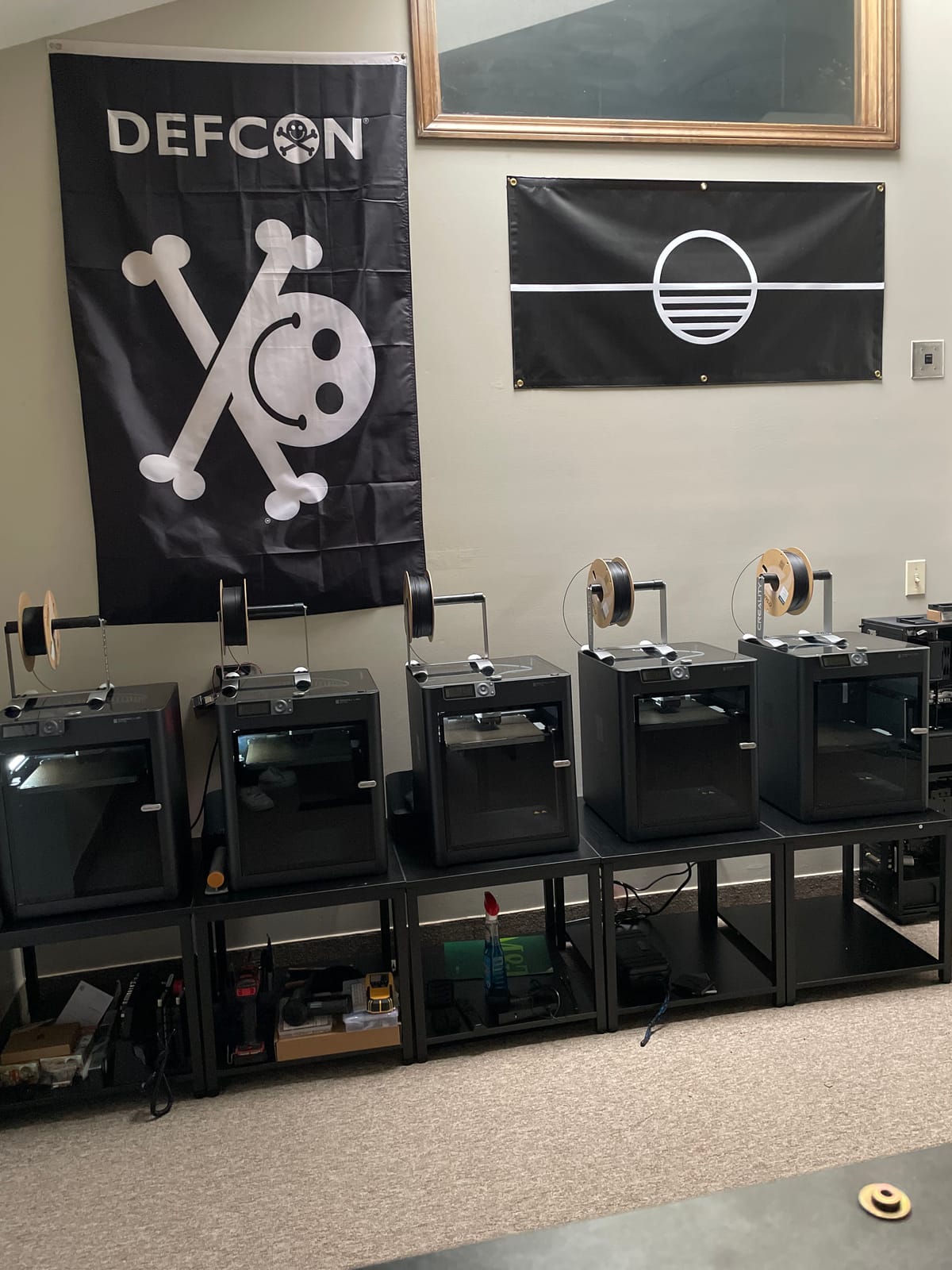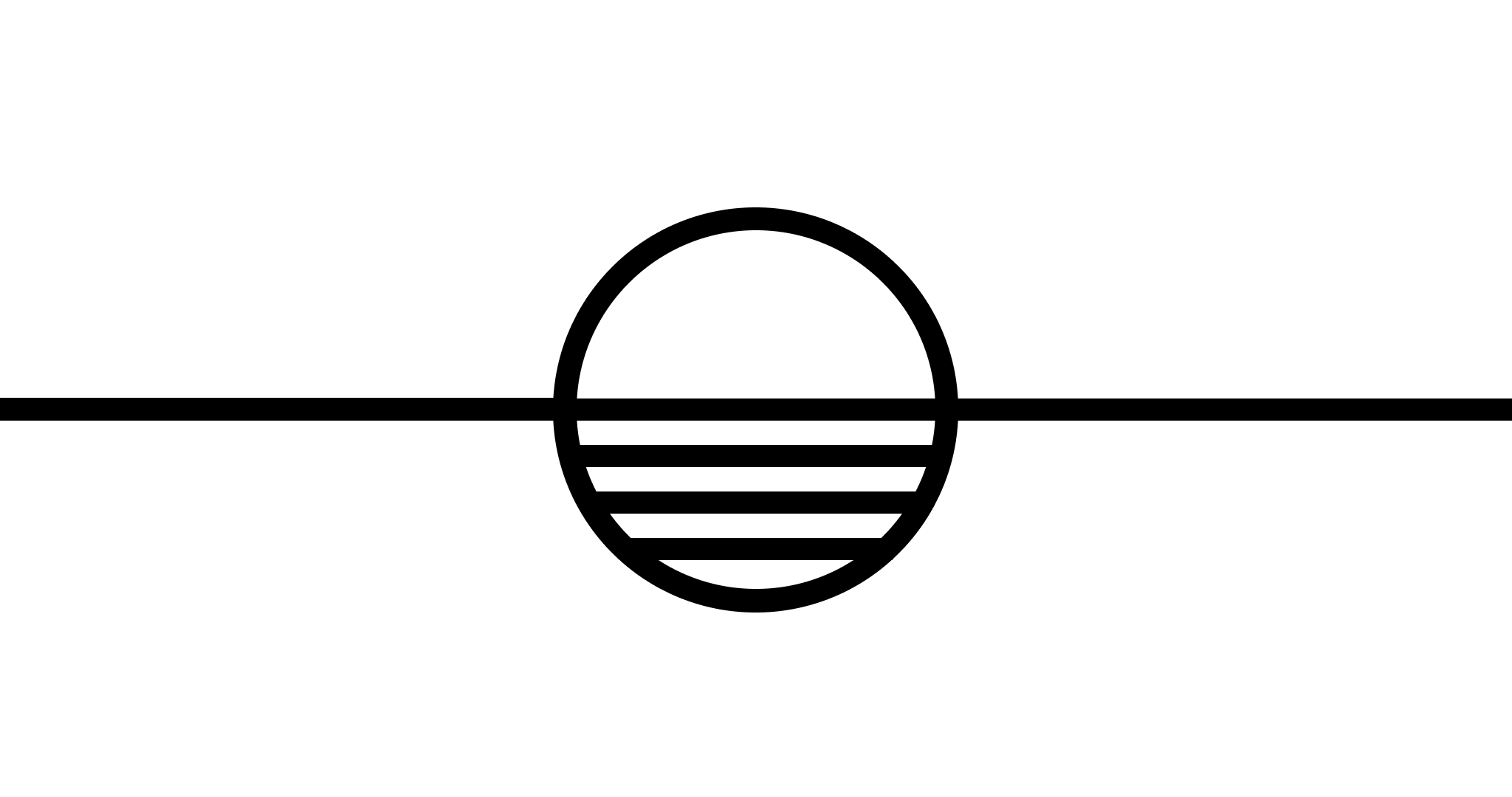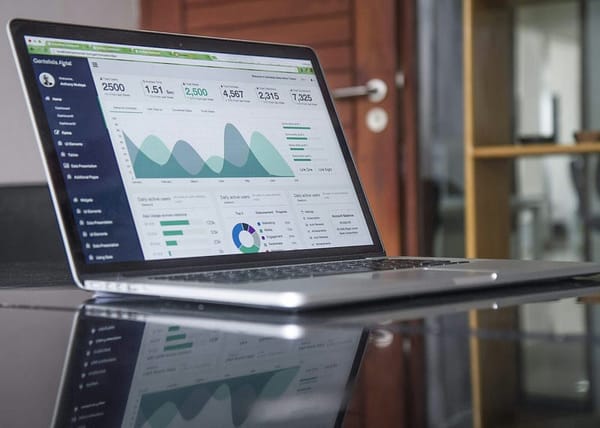I Started a 3D Printing Business

In 2020, something compelled me to look at 3D printers, but I didn't give it too much thought or do too much research. I jumped and bought the first printer I saw on Amazon. A few days later, I received a FlashForge Finder. This was a toy printer with a lot of undesirable features and a very tiny build volume. That didn't matter to me at the time.
I can't begin to describe the feeling of watching something materialize before you. Something can take shape and provide utility within a few hours. Before the only way anything could be achieved was by purchasing the tool and using it. Here you could build the tool specific to your use case or create things to make the process a little easier.
This feeling exponentiated when I started working with CAD. I could take an idea and have that idea in my hand within a few hours. As far as pure creation is concerned nothing comes close. I was limited only by my imagination.
Quickly outgrowing the Finder, I immediately bought two Creality Ender 3 Pros, these were far from perfect machines but they allowed me to learn 3D printing as a craft, I'll rant later about these printers but they served a very specific purpose, and they served that purpose well.
With two printers I realized quickly that I was able to scale horizontally. One printer will print one part in two hours. With two printers I can print two parts in two hours. Realizing this was akin to phosphorus and oxygen in my mind. That sparked my dream of having a 3D print farm.
Leverage
At the time I was limited technologically. 3D printing wasn't the expanse it is today. You had the open-source hardware machines like the Creality Series, and then you had the expensive proprietary boxes like the Makerbot.
Starting a 3D print farm was not sustainable with the open source stuff, like the tech industry, things become obsolete quickly. From a business perspective, there would be too much of a constraint on maintenance. I wouldn't be able to run a business when 30% of my fleet is out of commission.
My dream print farm would be a source of leverage, not from a shady political standpoint. Leverage in the sense of my ability to provide value and in turn negotiate a fair price for the value provided.
I wanted an army of robots that could create things at scale, both quickly and efficiently. This was an ability I could market and sell. At this point, the novelty is gone and real utility takes its place. Any company willing to pay could have their ideas prototyped, iterated on, and finally delivered to them in mass. No import costs, no quality control issues.
The Good
Recently I went to camp in New York, there were around 120 people there. I wanted to test my ability to make something small at scale and hand it out, along with getting the word out about my new endeavor. I was able to make 120 fidget spinners in about 12 hours (with 3 printers at the time). They were a smash hit and it was one of the most rewarding experiences to see the excitement on everyone's faces.
Aside from business leverage, I find having a 3D print farm can be an engine of good. The material isn't expensive, the machines are expensive and my years of learning are expensive. If you take those things away, the ability to help people at scale becomes quite affordable.
For what will it profit a man if he gains the whole world, and loses his own soul? ~ Mark 8:36
Making money is easy if you can provide value, but what's the point of it all? What's the point of making money at the expense of one's humanity?
I don't want to lose my soul in the pursuit of finances, I want to be better than that.
What's the point of having a fast car when you're going the speed limit? What's the point of a massive house without a family?
How I Did It
It's easy for a stranger to take a look at my current setup and think "Wow this is substantial", however, this was a very slow evolution over the course of 5 years. Nothing happens overnight.
Exponentiation is a matter of preparation and adaptability.
Everything up until now has been improv jazz, things were bought as needed. Legal things were done out of necessity.
So many fall into the trap of trying to figure everything out from the beginning. This isn't a bank heist, it's business.
I can't stress this point enough, scale as you need to scale.
Hopefully, this timeline illustrates that point.
2020:
- buys FlashForge Finder
- plays with 3D printing
2021:
- buys 2 Ender 3 Pros
- starts tinkering
- starts learning CAD
2022:
- tinkering
2023:
- tinkering
- buys Creality Ender 3 v3 SE (trash)
2024:
- Buys BambuLab P1S (game changer)
- Starts printing, learns slicing software intimately
- Buys second BambuLab P1S
- Gets first client (100 piece order)
- Buys more P1S
- More client orders come in
- Buys more P1S
I needed to spend 3 years just playing and tinkering with 3D printers to have the confidence to say "I can make 100 of those"
It's a process and everything after that is history.
I could lie and say this was inevitable, but I deserve nothing and I'm extremely fortunate to have a great client, the person in charge is a 3D printing mentor of mine.
I spent a few years learning from him how to dial in printers (he had a cr-10). However, if I hadn't started with the toy printer, I wouldn't have the experience to scale today.
The Gear
"A poor worker blames his tools" is the age-old adage, but in the case of 3D printing, your tools are your workers.
Quality matters and cutting corners will ultimately come back around to bite you. I considered this when I first moved into our office.
When I first got into 3D printing as a craft, there wasn't an affordable option that would allow for a business to scale. Sure there were people that had 30 Creality Ender 3 machines and were successful. There still are people who are running Prusa farms and are making money.
However, both of those options require an immense amount of maintenance and configuration to be at their most performative. This wasn't an option for me, Creality would require too much tinkering (I've done enough of that) and Prusa is way beyond my price budget (especially considering that they aren't that impressive)
My 3D print farm dream seemed distant until Bambu lab came around. I was skeptical of these machines at first. They started on Kickstarter. They are proprietary, and they aren't cheap. I heard endless praise so I decided to get a P1S to start.
I was in love from the very first print.
These were the machines I was hoping to use 4 years prior. They act like an appliance, and yet I don't lose the sense of wonder I had when I first started, it was just redirected to 3D printing rather than on the printers themselves.
For a long time, I was focused on the means rather than the ends, Bambu lab didn't take away my freedom of tinkering, I could always build a Voron. They simply offloaded my cognition to the things I wanted to achieve with them: consistency and quality. If that means I'm not allowed to run my custom firmware on them, so be it.
One Bambu lab P1S became seven.
If there is a crunch, I can use all 7 printers to churn out the parts I need which have been on the scale of 100-250 pieces.
Business Infrastructure
Even if production is locked in, it's only one small piece of the puzzle. No one would take me seriously if I wasn't an official business owner, so I opened an LLC.
I didn't know where to begin, and filing seemed like a nightmare. So I opted to pay to have it done for me through Legalzoom. This was relatively pain-free but it was expensive.
I'll justify to myself here that it was necessary. If you really enjoy doing the legal stuff, I suggest filing on your own but I'd gladly pay again not to have to worry about it.
Now that I was legally a business, I didn't want to keep getting paid via a W9 so the next step was to get a business bank account. I went to a local bank and from there, it was just a matter of answering any questions the bank representative had for me. A few days later I got a business bank card in my name that I could make purchases on behalf of the company.
I already had the email, and I already bought the domain to start the business.
All that was left was a tool to manage my finances. I settled on QuickBooks. Quickbooks allows me to send estimates, and invoices, and keep track of inventory and my clients. The primary reason is I want centralization of my finances in order to keep myself on track.
To recap:
- Domain
- Business Email
- Establish LLC
- Business Bank Account
- Finance Software
- Website
This is how Heavy Layers and Shell Crate were born.
Hiring Freelancers
I think business is the process of learning to swallow your pride. It's about taking a step back and realizing that you're not the master of everything and you'll have to surrender some control to be better.
As a first-generation American coming from Slavic descent, it's a very tough thing to do. "I can do it myself" is burned into everyone's hearts from a young age. We're naturally independent.
It took some time, but I got there eventually. Realizing that I could hire people to do the things I would rather not do (or learn to do poorly) was like taking the red pill. I could achieve my goals by paying for the things I didn't want to (or couldn't) do.
This has opened up a lot more opportunities for me, at this rate it's not about skill acquisition, rather it's about building the optimal team. I'm a loyal guy and If I see consistency, I'll stay until the end.
When it comes to my day job of working with software, I'm better at editing existing code rather than writing code from scratch. I need a substrate to build off of.
This mentality is no different with CAD models, I like to mess around with an existing base. All this to say, I have a pair of lads that will do some design work provided the job may need it and my technical skill in CAD is lacking (often).
This doesn't have to extend to the business model itself. If I need a website, I hire an expert in Shopify stores. There's no point in me learning a piece of software that I will set and forget, and most importantly, one I don't want to master and earn a living from.
Contracting has been a huge game-changer for me. I'll go on Fiverr and I'll seek out specifically top-rated or "Fiverr's Choice" freelancers who have already been vetted. Pinching pennies isn't worth it, best case scenario you'll waste your time. The time you were seeking to save in the first place.
Just pay the $400 and get it done right the first time.
The Frontier
All the money made with Heavy Layers at this point has been through one client.
I have plenty of work and praise God it's keeping me busy. However, I hand deliver my prints to this client.
If I maintain that model of hand-delivering prints (even though I have peace of mind that they're not getting damaged), my business will fail. I need a way to send my work to anyone in the world. Starting with the US.
E-Commerce is a world of it's own, but just like everything else I've learned to this point, it can be learned. I look to the future with excitement




